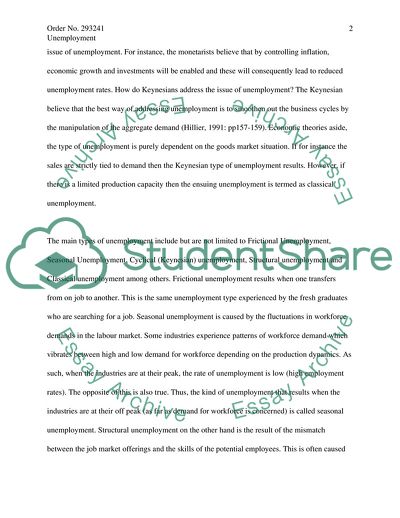Cite this document
(Causes of Unemployment and the Economic Schools of Thought Coursework - 1, n.d.)
Causes of Unemployment and the Economic Schools of Thought Coursework - 1. Retrieved from https://studentshare.org/macro-microeconomics/1723280-macroeconomic-stabilisation-theory-and-policy
Causes of Unemployment and the Economic Schools of Thought Coursework - 1. Retrieved from https://studentshare.org/macro-microeconomics/1723280-macroeconomic-stabilisation-theory-and-policy
(Causes of Unemployment and the Economic Schools of Thought Coursework - 1)
Causes of Unemployment and the Economic Schools of Thought Coursework - 1. https://studentshare.org/macro-microeconomics/1723280-macroeconomic-stabilisation-theory-and-policy.
Causes of Unemployment and the Economic Schools of Thought Coursework - 1. https://studentshare.org/macro-microeconomics/1723280-macroeconomic-stabilisation-theory-and-policy.
“Causes of Unemployment and the Economic Schools of Thought Coursework - 1”. https://studentshare.org/macro-microeconomics/1723280-macroeconomic-stabilisation-theory-and-policy.


